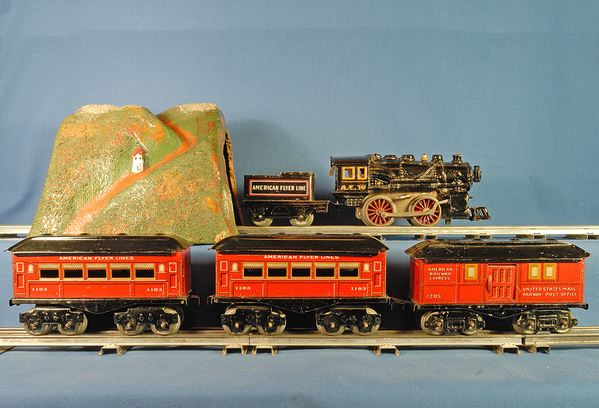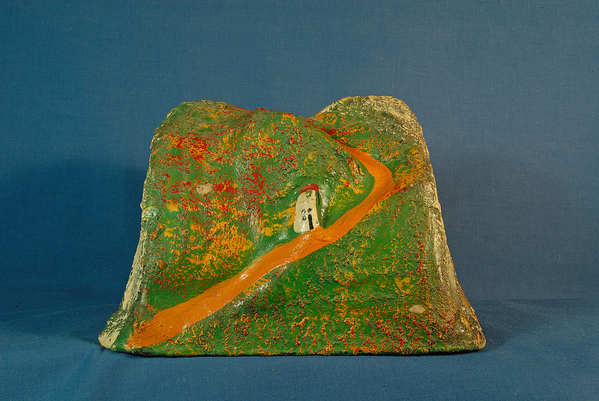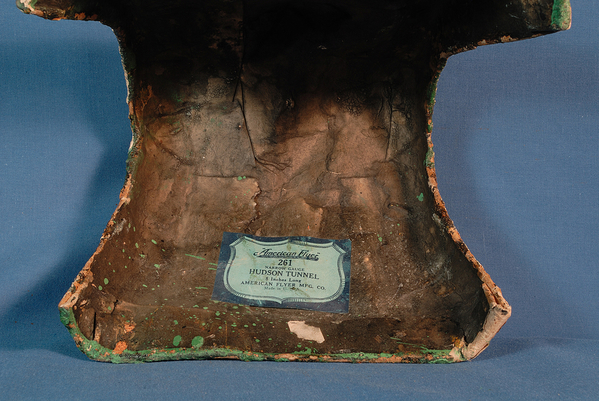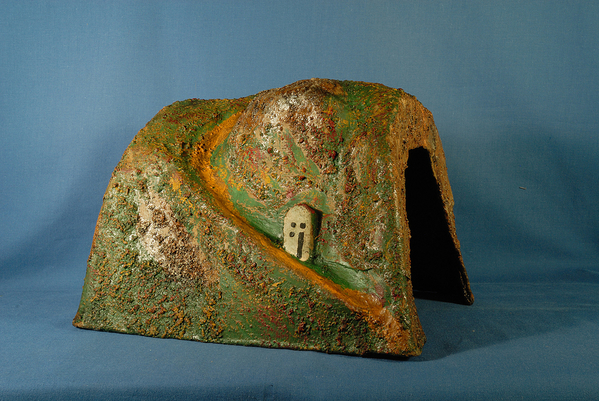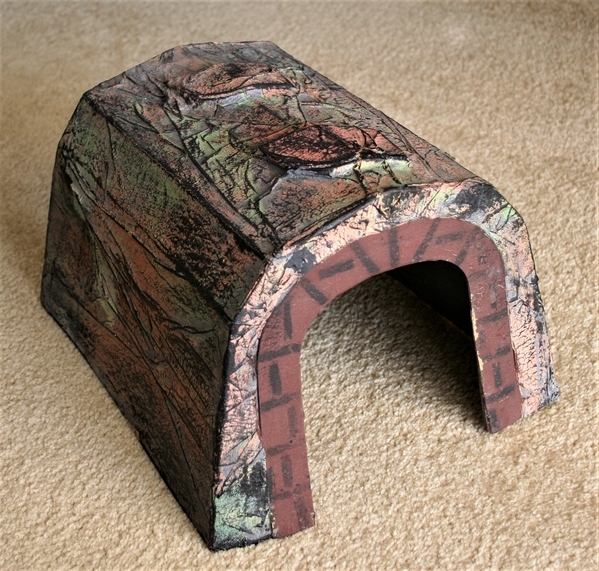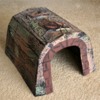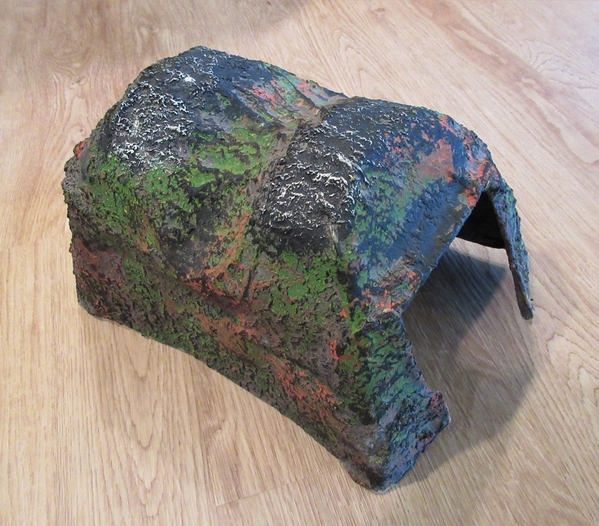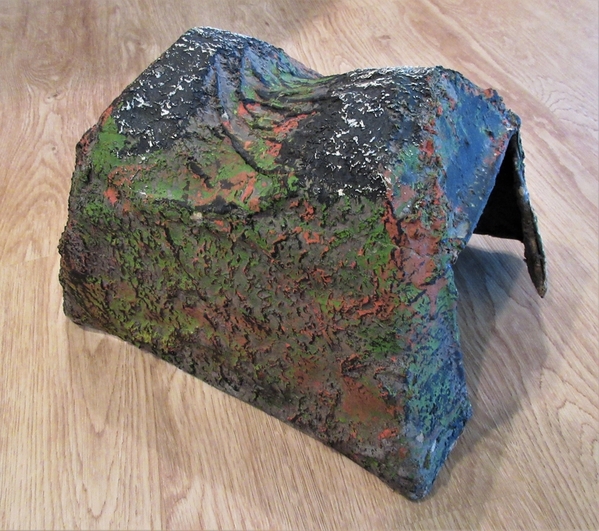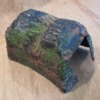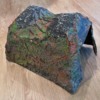I have been trying to write an article on American Flyer prewar tunnels for many years, as the description of American Flyer tunnels is a topic that is lacking information.
Identifying American Flyer prewar tunnels can be very difficult and I have found that the best way to identify them is by finding tunnels that are either boxed, come in boxed sets, or are somehow labeled. When that fails, the best way is by searching through original American Flyer catalogs and dealer price lists for descriptions of the tunnels, as the catalogs typically described the tunnels by length and possibly width/height.
I have purchased tunnels simply because they had characteristics of American Flyer tunnels and were in good condition, only to later discover that they were in fact American Flyer tunnels.
Additionally, I have discovered that not all American Flyer tunnels have the characteristic of having a house on their side. Most of them do, but not all, as you will see in the following posts.
So to start of this post, here is the earliest tunnel that I know of being sold with an American Flyer set. As you can see, it is lithographed tin. This tunnel came with set #25, as shown in the 1908 American Flyer catalog. The tunnel is marked KB, so I suspect it was made by Karl Bub for American Flyer, as the early Flyer accessories were all German made.
NWL





























































































